Creating complex systems from the bottom up
In nature, countless complex structures are known, and mimicking these structures can be a challenging task. How do you design a nano- or micro-system from the bottom up? Our goal is to design functional supramolecular structures and apply them to advance the field of nanomedicine.
Our group finds their inspiration in natural materials and processes. It is our aim to develop functional polymers, peptide and protein-based hybrid materials with biological activity. By using a variety of synthetic techniques, such as controlled polymerization, peptide synthesis and protein engineering methods. We furthermore mimic natural biological processes by compartmentalization and assembly of biocatalysts in polymeric capsules (polymersomes) for the design of synthetic mobile systems.
The Systems Chemistry group consists of people from many different scientific backgrounds. Everyone has their specialisation in the broad field of biochemistry and materials science, which leads to a strong emphasis on collaboration within the group. We have a modern lab with state-of-the-art equipment, as well as access to the latest analytical tools including NMR, UV-VIS, Electron microscopy and Mass spectrometry.
Synthesis of Polymer and Macromolecules
We develop synthetic methodologies to be used as a tool-box to produce highly mono disperse macromolecules and utilise controlled radical polymerisations to control primary structures of self-assembly building blocks.
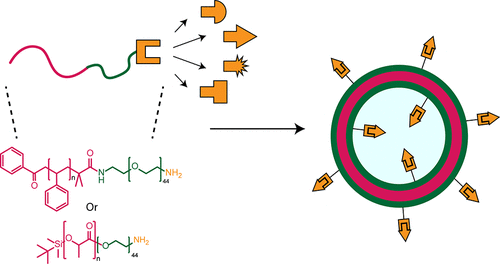
Assembly though in and out of equilibrium methods
Applying synthetic tool box to generate specific primary molecular structures and controlling a multiplicity of conditions we utilise both in and out of equilibrium self assembly to generate the required nano-scale morphologies.
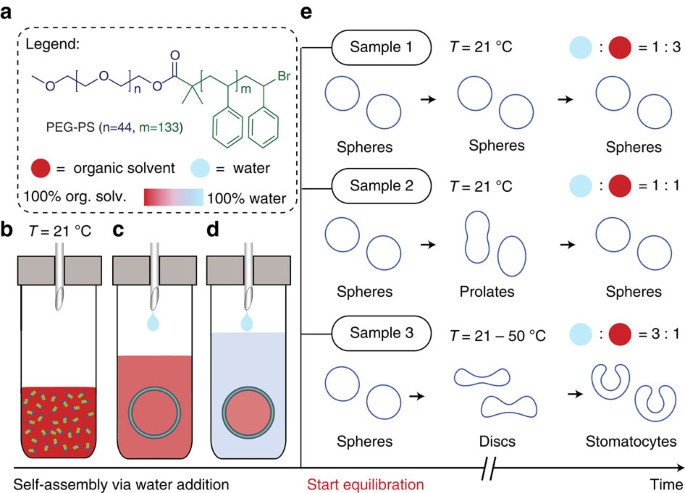
Emergency of function, motility, sensing, actuation and delivery
The structures we generate have innate function and a dynamic nature which we utilise to generate nano-machines and motors to carry out move, sense and deliver. We study the function using a range of instrumentation on a nano scale.
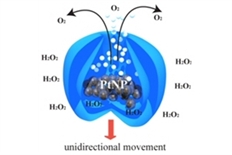
Application in the Domain of Nanomedicine
As well as studying the fundamental aspects of self-assembly we carry out translation research from bench to bedside and are progressing a number of nano-medicine therapeutics to the clinic with multiple targets in pre-clinical validation.
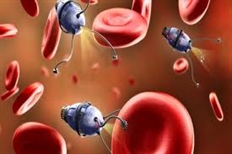
Techniques used in Systems Chemistry
- Synthetic organic chemistry is utilised to produce macromolecules and polymers.
- Physical organic chemistry techniques and measurements including micro fluidics and micro fabrication are used to produce active colloids.
- Light Scattering and spectroscopy, Nuclear Magnetic Resonance, MALDI-TOF, and a range of Electron microscopy measurements are used to characterise the systems we produce.
- Cell and tissue culture labs are utilised to study the biomedical applications of the structures and systems that we produce.
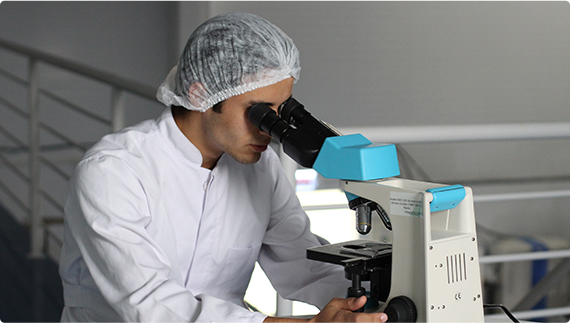
Systems chemists must be adept in synthetic chemistry, physical organic chemistry a range of analytical techniques and be able to express and translate their research to clinical scientists.
